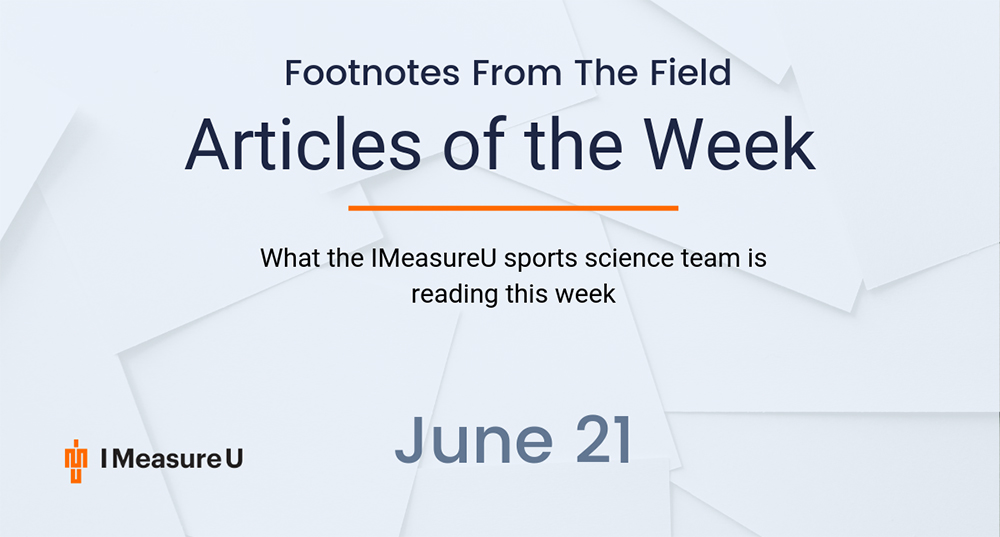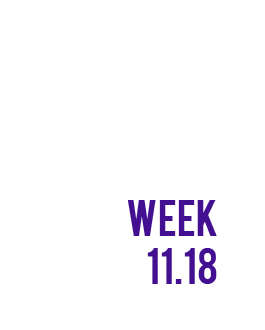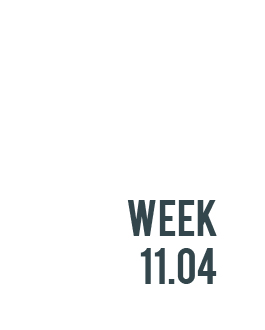
Here’s what the sports science team at IMeasureU is reading this week:
The first article of this edition of the articles of the week comes from Cedric De Blaiser and colleagues from Ghent University in Belgium. The aim of this research was to investigate the role of different components of core stability as risk factors for the development of lower extremity overuse injuries.
The next article comes from Hugh Fullagar at UTS in Australia. This opinion piece examines the existing evidence of the translation of sports science research into the field, with a tailored focus on the current perceptions of practitioners, researchers, and coaches
This narrative review from Neil Bezodis focusses on biomechanical aspects of the block phase and the subsequent first flight and stance phases. It discusses specific features of technique and how they may be important for a high level of performance during the start.
The next article comes from Peter Harrison and colleagues. This paper featured in Sports Medicine aimed to assess the current literature examining the acute effects (1-48 h) of resistance exercise on neuromuscular performance and discuss potential mechanisms of action. For practitioners wanting to maximize the timing of priming exercises, this article is a must.
The final article for this week comes from Michael Potter and colleagues in Sensors. This study looks at the impact of an IMU’s accelerometer range, gyro range, and sampling frequency on estimated stride parameters during overground walking and running up to competitive distance running speeds (up to 6.4 m/s) and over a wide range of sensor ranges and sampling frequencies typically found in commercially-available IMUs.
For more sports science check out our blog for in-depth case studies and industry updates. Also, be sure to sign up for our newsletter below so you are always up to date with the latest research.




